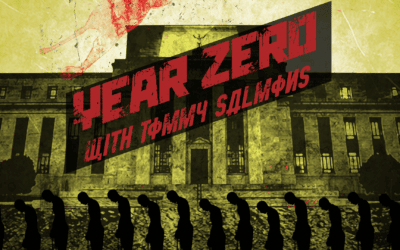This article originally appeared at Anti-Media.
Following aggressive rhetoric from China’s state-run media over the weekend regarding the border standoff between China and India in Doklam, a top Chinese official said Monday that observers should take seriously only those reports that come from the government itself.
“This kind of reports [sic] represents the view of the media and think-tanks,” Defense Ministry spokesman Senior Colonel Ren Guoqiang told an Indian media delegation in Beijing. “For official information please refer to the statements of foreign ministry and defence ministry spokespersons.”
Ren was referring to two articles published Saturday by China’s Global Times. Hu Zhiyong, a research fellow at the Institute of International Relations at the Shanghai Academy of Social Sciences, suggested to the Times in one of the articles that right now, China could be preparing to take out Indian soldiers in the disputed territory:
“The series of remarks from the Chinese side within a 24-hour period sends a signal to India that there is no way China will tolerate the Indian troops’ incursion into Chinese territory for too long. If India refuses to withdraw, China may conduct a small-scale military operation within two weeks.”
Hu goes on to lay all blame for the dispute on India, saying that however the situation ends, trust between the two nations has already suffered greatly.
“India, which has stirred up the incident, should bear all the consequences,” Hu said. “And no matter how the standoff ends, Sino-Indian ties have been severely damaged and strategic distrust will linger.”
Zhao Gancheng, director of the Center for Asia-Pacific Studies at the Shanghai Institute for International Studies, cited recent live-fire drills by the Chinese military in Tibet as evidence to support Hu’s assessment. In that same article, Zhao told the Global Times:
“The exercises are a sign that China could use military means to end the standoff and the chances of doing so are increasing as the Indian side is still saying one thing and doing another.”
Meanwhile, a Global Times editorial published Saturday took aim at India’s prime minister, stating the Indian leader is “recklessly breaking international norms and jeopardising India’s national pride and peaceful development.”
“It is a war with an obvious result,” the editorial said. “PM Narendra Modi should be aware of the [Chinese army]’s overwhelming firepower and logistics. Indian border troops are no rival to [Chinese] field forces. If a war spreads, the [army] is perfectly capable of annihilating all Indian troops in the border region.”
While one senior colonel downplayed such Chinese rhetoric regarding the standoff on Monday, another took the opportunity to reiterate China’s firm position on the border dispute.
“What the Indian troops have done is an invasion of Chinese territory,” Senior Colonel Li Li of the People’s Liberation Army (PLA) said before the Indian media delegation on Monday.
“You can report about what the Chinese soldiers are thinking about,” he added. “I am a soldier, I will try my best to protect territorial integrity. We have the resolve and determination.”
Despite such tough words, India appears reasonably certain China doesn’t actually want a military confrontation in the disputed Doklam region. After speaking with unnamed sources within India’s security establishment in New Dehli, the Times of India reported Monday that a “face-saver” would be best for both sides.
“Both countries do not want a conflict,” one source told the Times of India. “A tactical operation by the Chinese border guards and PLA to construct a motorable road at Doklam went awry, with the consequent strategic fall-out. Mutual troop pull-back or re-adjustment is the face-saver.”
Still, a souring of ties cannot be denied, another source said, pointing to the fact that annual “Hand-in-Hand” drills between the Indian Army and the PLA — scheduled for October of this year in China — will likely be an early casualty of the standoff.
“Even the exercise’s initial planning conference, leave alone the final one, has not been held despite reminders to China,” the source said.
But if the dispute does, indeed, lead to a conflict, another source added, the Indian military is ready with “fully acclimatised troops” and “an enhanced border management posture” that can deal with “any misadventure” from the PLA.




























